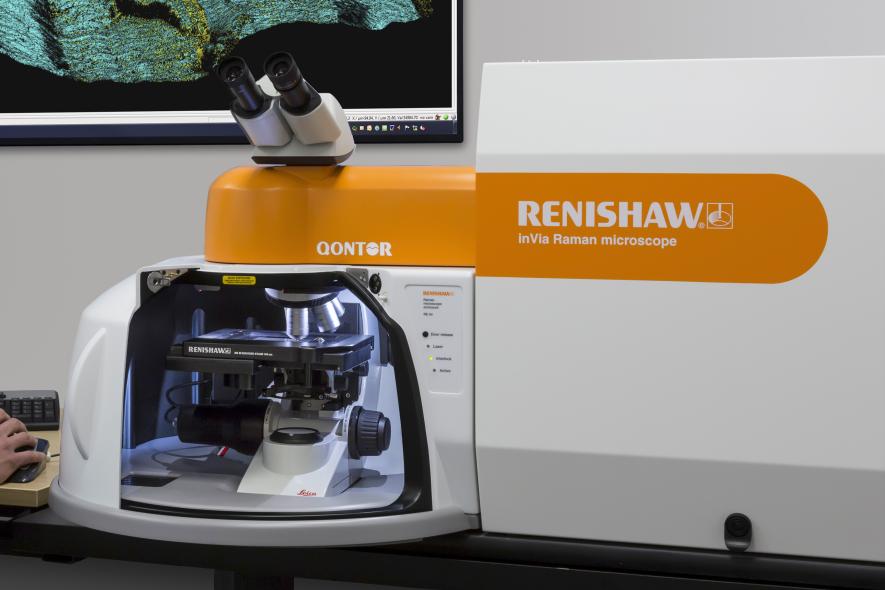Raman Spectroscopy Has The Answers We Need

Provides Structural Fingerprints
Raman spectroscopy is commonly used in chemistry to provide a structural fingerprint by which molecules can be identified. Most people will never have to completely know or understand how this all works. The article will just cover very basic information.
Raman spectroscopy is a spectroscopic technique typically used to determine vibrational modes of molecules, although rotational and other low-frequency modes of systems may also be observed.
It relies upon inelastic scattering of photons, known as Raman scattering. A source of monochromatic light, usually from a laser in the visible, near-infrared, or near ultraviolet range is used, although X-rays can also be used.
Lasers and Photons
The laser light interacts with molecular vibrations, phonons, or other excitations in the system, resulting in the energy of the laser photons being shifted up or down.
The shift in energy gives information about the vibrational modes in the system. Infrared spectroscopy typically yields similar yet complementary information.
Typically, a sample is illuminated with a laser beam. Electromagnetic radiation from the illuminated spot is collected with a lens and sent through a monochromator.
Elastic scattered radiation at the wavelength corresponding to the laser line (Rayleigh scattering) is filtered out by either a notch filter, edge pass filter, or a band pass filter, while the rest of the collected light is dispersed onto a detector.
Collecting Raman Spectra
Spontaneous Raman scattering is typically very weak; as a result, for many years the main difficulty in collecting Raman spectra was separating the weak inelastically scattered light from the intense Rayleigh scattered laser light (referred to as “laser rejection”).
Historically, Raman spectrometers used holographic gratings and multiple dispersion stages to achieve a high degree of laser rejection. In the past, photomultipliers were the detectors of choice for dispersive Raman setups, which resulted in long acquisition times.
However, modern instrumentation almost universally employs notch or edge filters for laser rejection. Dispersive single-stage spectrographs (axial transmissive (AT) or Czerny–Turner (CT) monochromators) paired with CCD detectors are most common although Fourier transform (FT) spectrometers are also common for use with NIR lasers.
Laser Wavelengths
The name “Raman spectroscopy” typically refers to vibrational Raman using laser wavelengths that are not absorbed by the sample.
There are many other variations of Raman spectroscopy including surface-enhanced Raman, resonance Raman, tip-enhanced Raman, polarized Raman, stimulated Raman, transmission Raman, spatially offset Raman, and hyper Raman.